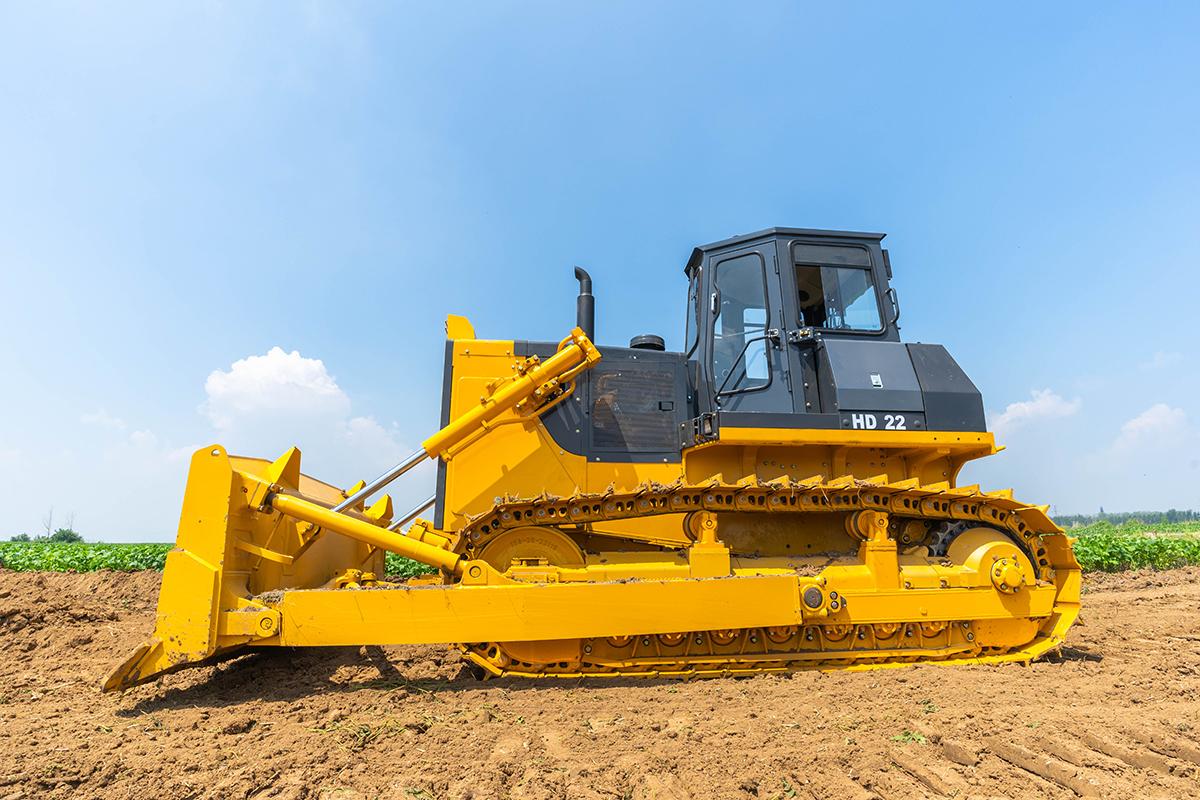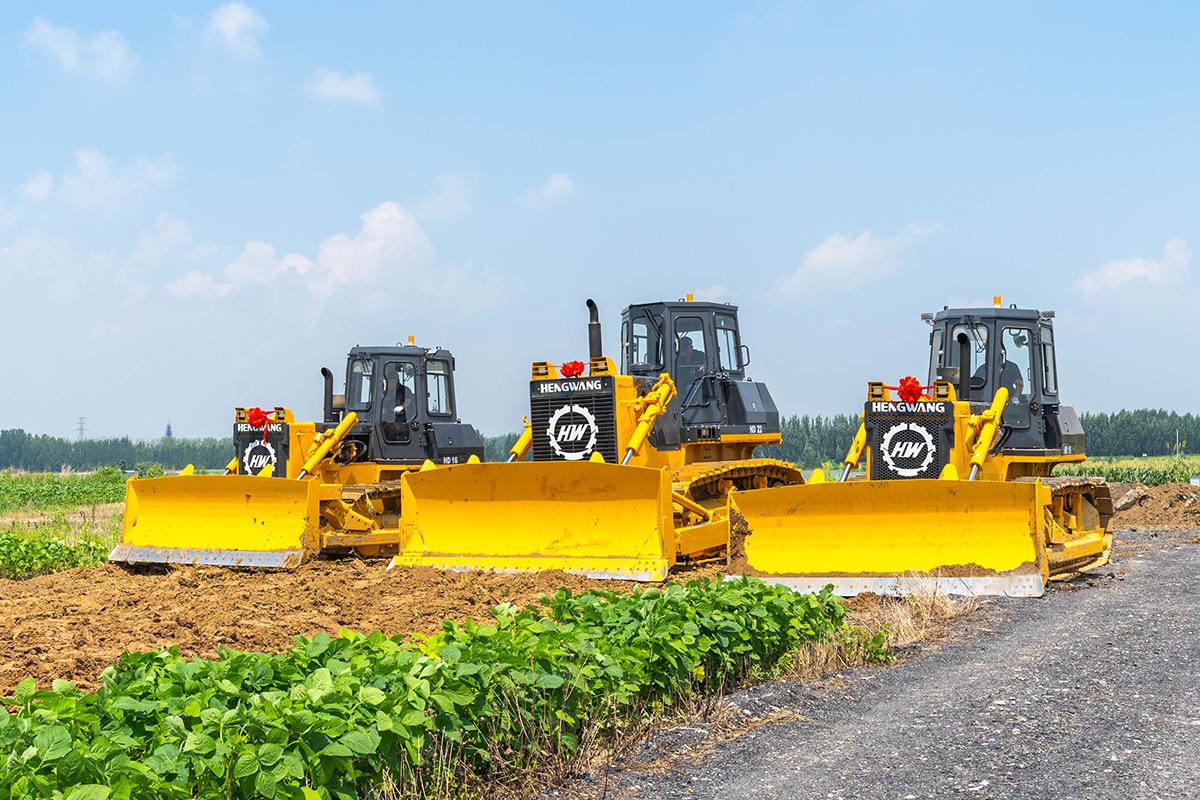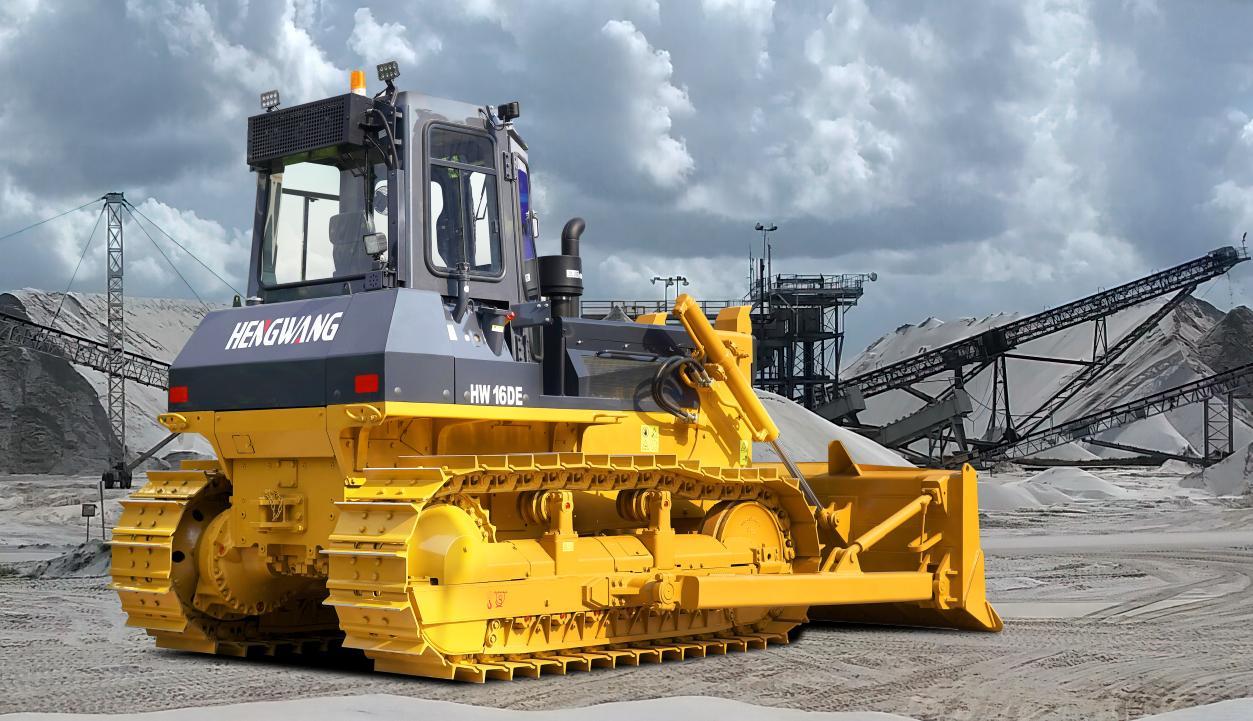Seven Tips You Must Pay Attention To When Using A Bulldozer
May 14, 2024
Tip one:
Slow speed and heavy load are more efficient than fast and light load. Try to keep the load as large as possible when the bulldozer is operating. Although the driving speed is relatively slow, it can reduce the number of round trips
and reduce the empty mileage. Overall, it saves both time and fuel consumption.

Tip two:
When encountering long-distance bulldozing operations, work in sections from front to back. Starting from the front end, each distance should be just enough to be filled with materials. In this way, after pushing one section, move
it back one section. This can not only reduce the distance the bulldozer travels with a full load, but also reduce the distance the bulldozer needs to return when empty, improving work efficiency and reducing fuel consumption.

Tip three:
Try to avoid material tumbling. Many people think that the material rolling in front of the bulldozer is very beautiful and is a sign of the powerful power of the bulldozer. In fact, material turning will increase the wear of bladesblades and blade corners, which will increase the fuel consumption of the bulldozer. The correct approach is to continue to increase the load to the maximum amount after the blade cuts in to improve work efficiency. When the
load is full and the material is about to roll over, lift the blade slightly.
Tip four:
When bulldozing near a mountain, you must master the principle of "high on the outside and low on the inside", that is, the side close to the cliff should be higher and the side close to the mountain should be lower to avoid
accidental dangers from the bulldozer. When unloading earth and rocks down the cliff, the speed should be slow and be careful to slow down in time. The bulldozer cannot be pushed out of the edge of the cliff.

Tip five:
When bulldozing in muddy and soft working conditions, the bulldozer can easily get stuck, so the amount of bulldozed material per shovel should not be too large. Stop, shift, turn and brake should be avoided as much as possible
during driving. Use 2nd gear when bulldozing when necessary. If you encounter track slippage, you can raise the blade appropriately to reduce the amount of bulldozing. If the bulldozer still cannot move forward, you can put it in
reverse gear and retreat. Do not lift the blade at this time to avoid excessive force on the front of the bulldozer and tilting forward, causing the front of the track to sink and the rear to tilt. It is also not possible to turn at this time
to prevent excessive force on one side of the track and aggravate the vehicle trap. Once the vehicle is stuck, do not frequently increase the accelerator to save yourself, to prevent the bulldozer from getting stuck deeper.
Tip six:
When pushing a stone buried in the ground, push it from high to low. Use a small accelerator at the beginning, and then increase the accelerator to push the stone away after it becomes loose. If there are stones or gravel piled on
the ground, the blade should be kept close to the ground when pushing, and the crawler tracks should be in contact with the ground as much as possible. If you are cleaning gravel in a tunnel or underground cave, you should first
clear a road from the edge, and then push the gravel out of the cave one by one from the edge to the middle.

Tip seven:
If a bulldozer needs to wade across a river, it should choose a place where the current is relatively fast. Try not to cross the river in a place where the current is slow, because the river bed in such places is silt and can easily trap the
vehicle. The depth of the river should not exceed the oil dipstick port of the bulldozer's crankcase. Use first or second gear to quickly cross the river, and try not to stop or reverse in the middle.
Have you learned these seven skills? They have different ways of dealing with various special situations.
Welcome to leave a message!
